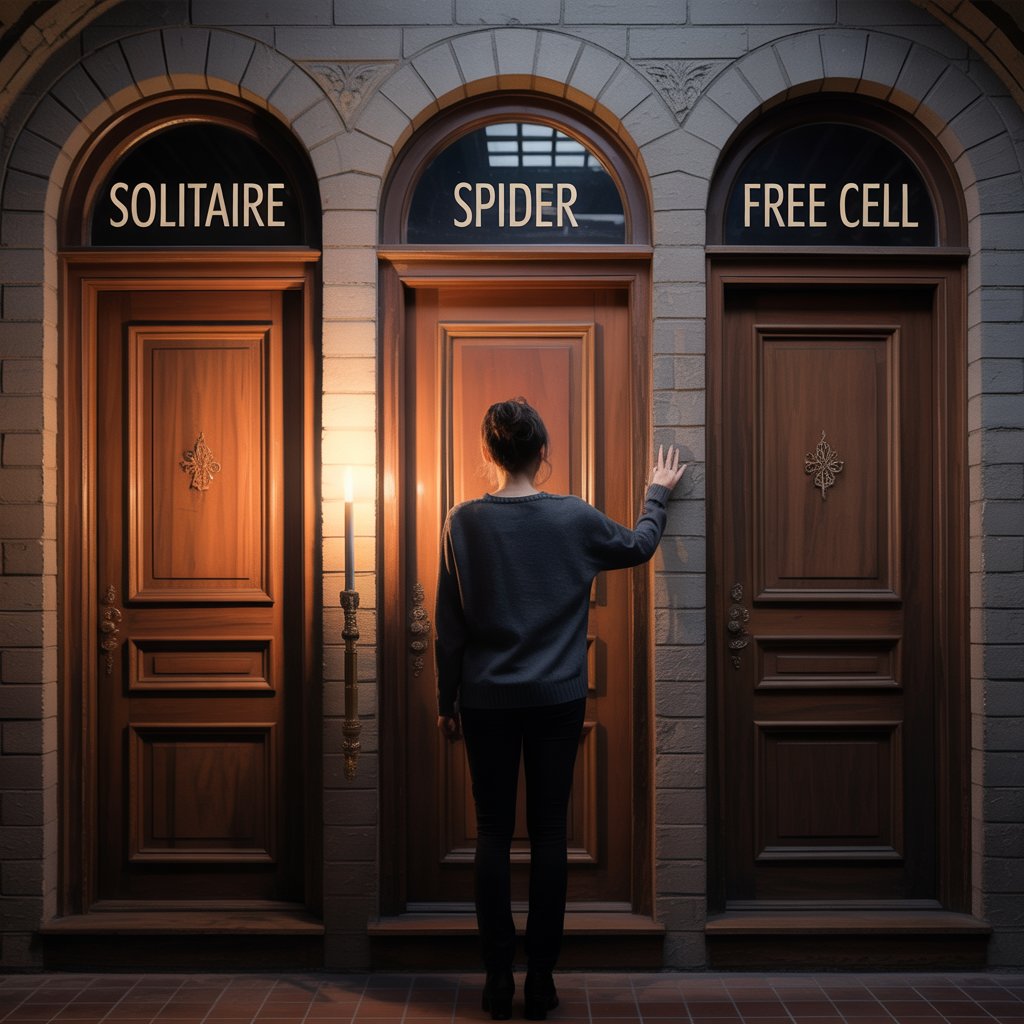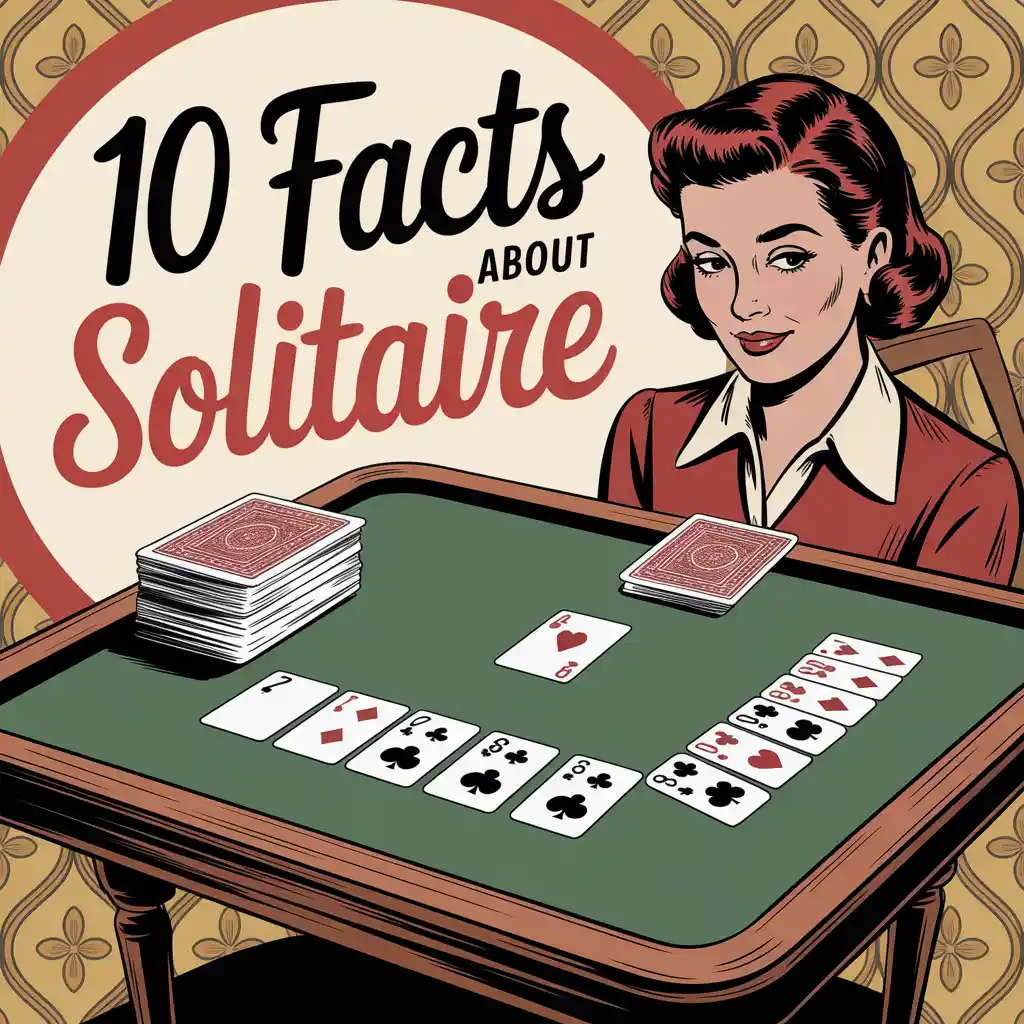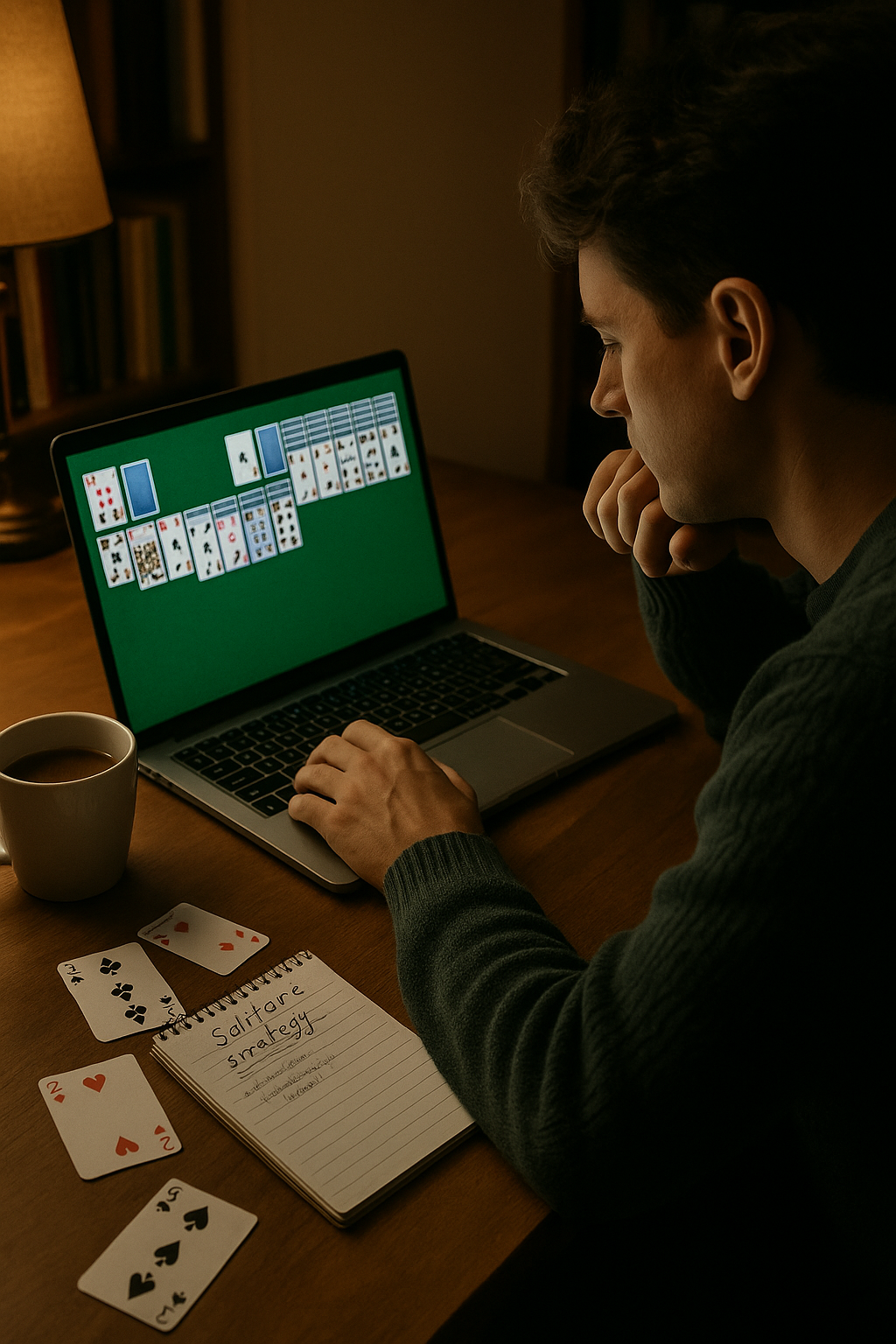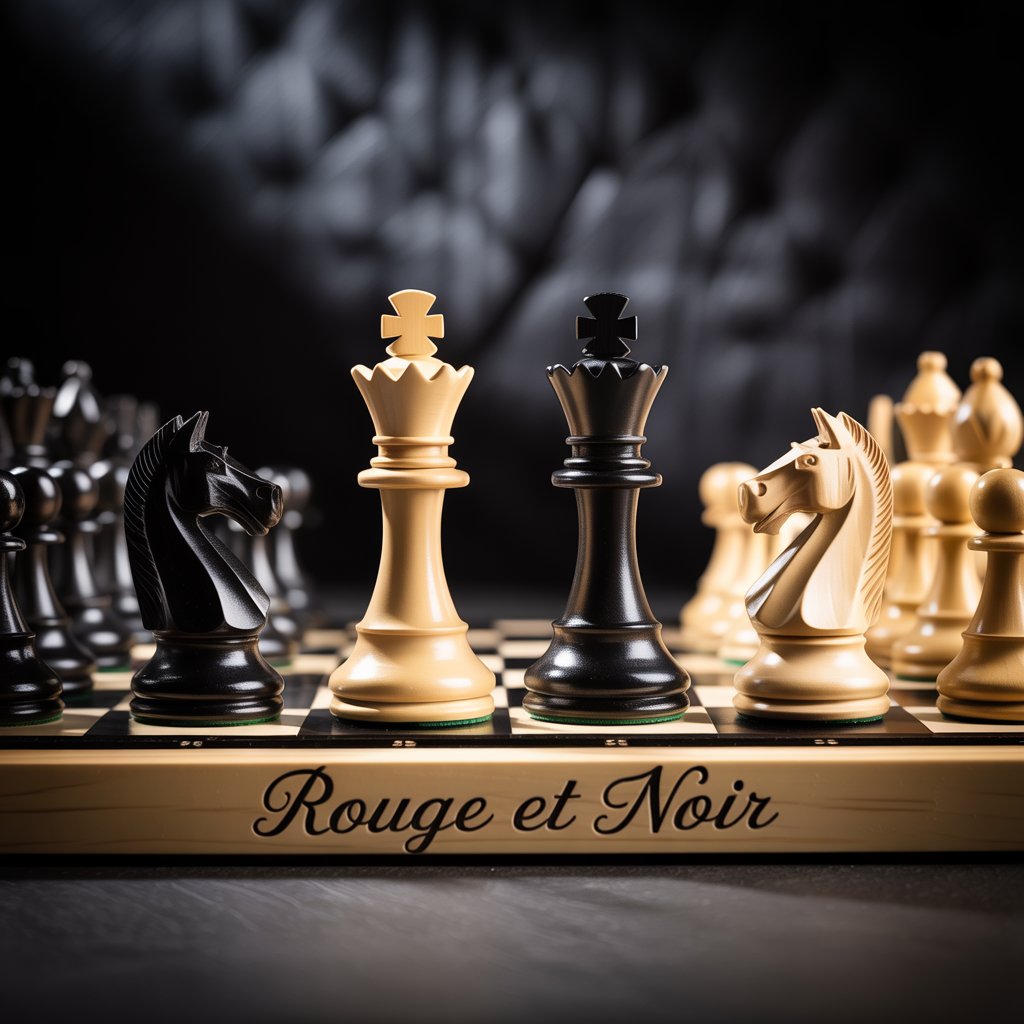Cannot drop, your card needs to be of an opposite suit colour
Cannot drop, your card needs to be one rank lower
Cannot move multiple cards to foundation
Card suit doesn't match foundation pile suit
Card can only be dropped on top of a card pile
Cannot deal cards when there are empty tableau piles
You can only move {0} card(s) at a time based on the current free cells and tableau
The cards don't add up to 13 and cannot be moved
The card is inaccessible and move cannot be performed
Cards must be in sequential order (one higher or lower)
Mahjong Time

Classic Mahjong on solitairex.io
Overview of the Game: Classic Mahjong on solitairex.io is an online Mahjong Solitaire that challenges players to clear a board of traditional Chinese-style tiles by matching open pairs. The interface includes competitive features like a countdown timer and global leaderboards (timed scores) to push players to improve their fastest times. Game aids such as Hint, Undo, and Restart buttons help manage tough situations: for example, pressing Hint will highlight a possible match, while Undo lets you reverse a move (though using these may add to your time or affect your score). The game offers 60 unique layouts – a record number of tile configurations – ensuring endless variety and skill-building for serious players. Each layout has its own shape and strategy, from the classic Turtle (“Traditional”) to creative patterns like High\&Low or Stonehenge. Overall, the interface is designed for fast, engaging play: clear visuals, responsive tile controls, and performance tracking make it a comprehensive experience for Solitaire enthusiasts and competitive players alike.
How to Play
- Identify Free Tiles. At the start of the game, study the board and look for free tiles. A tile is “free” (or exposed) if it can be moved left or right without disturbing other tiles. Only free tiles can be matched and removed.
- Match and Remove Pairs. Click (or tap) any two identical free tiles to remove them from the board. Removing a pair exposes the tiles underneath, gradually revealing new free tiles on lower layers. The goal is to clear all tiles by repeatedly matching open pairs.
- Plan Ahead. With multiple matches available, think several moves ahead. Try to eliminate tiles on high stacks and long horizontal rows first to expose hidden tiles quickly. Match pairs in an order that keeps your options open and avoids isolating single tiles.
- Use Aids Wisely. If you get stuck, use Undo to backtrack or Restart to reshuffle the layout and try again. The Hint feature will point out a possible match, but remember that hints and undos usually carry a time or score penalty in competitive play. Practice without these aids to improve your efficiency.
- Beat the Clock. Keep an eye on the countdown timer. Finishing quickly yields higher rankings (often reflected in stars or scores), so work smoothly and decisively. In many versions of Mahjong Solitaire, completing a layout faster and without using hints or undos earns you a better score.
Layouts
Classic Mahjong on solitairex.io boasts 60 distinct tile layouts, far more than most Mahjong games. This breadth of layouts means you can train on a huge variety of board shapes and difficulties. Playing different layouts hones pattern recognition and adaptability, key skills for mastery. Below is the full list of layouts available, each offering a unique arrangement:
- Traditional
- Arena
- Beatle
- Big Hole
- Castle
- Cat\&Mouse
- Ceremonial
- Bishop
- Chess King
- Knight
- Chess Pawn
- Queen
- Chess Rook
- Crown
- Deep Well
- 8-Stacks
- Jet
- Farandole
- Fortress
- Bei
- Xi
- Vision
- Full Vision
- Gayle
- Haga
- Haga-1
- High\&Low
- Hourglass
- Japan
- K
- Peacock
- Lion
- Lost
- Modern
- Namida
- Naoki Haga
- Kyodai
- Portal
- A Pyramid
- Justice
- Scorpion
- Screw-Up
- Siam
- UFO
- Cube
- Pyramid
- Stonehenge
- Sun/Moon
- Sun\&Moon
- Arrow
- Yummy
- Aquarius
- Libra
Each name represents a distinct board configuration (for example, Cat\&Mouse or Hourglass). Switching layouts regularly prevents memorization of one setup and keeps the game challenging.
Strategy Tips
- Prioritize High Stacks and Long Rows: Always try to clear tiles on the highest piles and longest horizontal sequences first. These areas often hide many tiles beneath; removing them early maximizes the number of exposed free tiles and opens the board.
- Memorize Tile Locations: Scan the board at the start of each game and remember where important tiles (like special suits or honors) are located. This lets you plan sequences of moves. For example, if you spot a pair of dragons on opposite sides, you can strategize how to free both.
- Think Several Moves Ahead: When presented with multiple matching options, weigh each choice. Match pairs that will unlock more tiles on your next moves. If matching one pair leaves you stuck later, consider an alternative pair that keeps options open. In short, don’t just match any free pair immediately—prioritize moves that create new free tiles for future matches.
- Expose Hidden Tiles: Always look to free tiles that are beneath others. For instance, if you see a tile partially visible under another, work to remove its covering tile as soon as you can. This reveals hidden matches and prevents last-minute deadlocks. Maintain an even pace removing tiles from different parts of the board so you don’t get to the end with two identical tiles buried under others (which is an unwinnable trap).
- Use Hint/Undo Sparingly: Although the game provides unlimited hints and undos, overusing them can hurt your competitive score. Many games penalize hint/undo usage by adding time or reducing stars. Treat them as learning tools: challenge yourself to solve boards without help, then only use a hint if you’re truly stuck.
- Reset If Needed: If a board becomes impossible to solve (no moves remain), restart it immediately. It’s faster to begin a new shuffle of the same layout than to continue a doomed game. Top players know when to restart – the clock restarts too, so quick decisions to reshuffle can save time overall.
History of Mahjong
Mahjong’s Origins: Mahjong originated in China during the 19th century Qing Dynasty. Historical accounts (and local tradition) date its invention to roughly the mid-1800s in Ningbo, China. One popular legend credits a man named Chen Yumen (also known as Chen Zhengyao, lived 1817–1878) with creating the first Mahjong tile set by modifying an earlier card game around the time of Emperor Xianfeng. Regardless of the exact inventor, Mahjong quickly became a cultural staple in China, spreading throughout the country by the late 19th century and later to the world.
Over time, Mahjong evolved into many regional variants. The four-player tabletop game (with draws and discards) has complex rules for making hands. In contrast, the one-player puzzle version—Mahjong Solitaire—was popularized much later. In 1981, programmer Brodie Lockard created the first computerized Mahjong Solitaire inspired by a Chinese tile game called “Turtle”. His game (later released as Shanghai on early personal computers) used traditional Mahjong tiles but a new clearing format. Since then, countless Mahjong Solitaire games have appeared, each adding its own layouts and features. As the industry page notes, the European-style Mahjong Solitaire “introduced new game mechanics, formats, and layouts” (like Turtle, Fish, Butterfly, etc.) while retaining the classic tiles. SolitaireX’s Classic Mahjong carries this legacy: it uses traditional Chinese symbols on its tiles, but adapts them to a digital solitaire puzzle with modern conveniences.
FAQ
-
Q: How is Classic Mahjong Solitaire different from traditional Mahjong? A: They share only the same tiles and symbols – otherwise they are very different games. Traditional Mahjong is a four-player game with draws, discards, and hands of tiles. Classic Mahjong Solitaire is a single-player matching puzzle. You begin with a preset tile layout and simply match identical free tiles to remove them. The goal is to clear all tiles from the board. Unlike the traditional game’s strategy of building hands, Solitaire’s strategy focuses on planning removals to uncover all tiles.
-
Q: What does the countdown timer do? A: The countdown timer adds pressure and a scoring element. You must clear the board before time runs out. Finishing more quickly usually gives a higher score or more stars. Many versions award better ratings for faster completions, so competitive players race the clock. Note that using hints or undos often adds seconds to the timer or reduces your score. In short, the timer rewards efficient play and quick reflexes.
-
Q: What if I get stuck with no matches? A: If no free pairs remain, the game cannot continue. In that case, immediately use the Restart button (reshuffle) to start that layout anew. Restarting sets up the same layout with tiles in new positions. It’s better to restart and try again than to waste time on an unsolvable board. You can also use Undo to backtrack a few moves and try a different sequence. Top players often restart quickly to preserve their best time.
-
Q: Do hints or undos cost anything? A: In this game they are unlimited, but using them affects your performance score. For example, many Mahjong Solitaire implementations give bonus stars or points for not using hints/undos. In Classic Mahjong, hints and undos carry no in-game currency cost, but prudent use will help you improve your time and rank. Use them as a learning tool, but strive to clear puzzles without them for the best results.
-
Q: Are the 60 layouts always solvable? A: Yes, the game’s layouts are designed to be solvable. However, the tiles are shuffled each game, so you may occasionally deal a tricky or even unsolvable random arrangement. If you suspect a layout can’t be solved (or it’s taking too long), use Restart to reshuffle. Since the shape remains the same but tile positions change, you’ll eventually find a solvable configuration.
About the Creator
Mahjong’s true inventor isn’t definitively known, as the game emerged from folk culture. However, historical records credit Chen Yumen of Ningbo, China, with creating the first Mahjong tile set in the mid-1800s. He allegedly transformed older card games (like Madiao) into a tile-based game under the Qing Dynasty. Whether or not this is exactly true, Mahjong spread from China to the world in the early 20th century. Today, Mahjong is essentially public domain; no single person or company owns the rights to the game. The digital Classic Mahjong on solitairex.io is developed by Forty Media OOD (the studio behind SolitaireX games). It builds on Mahjong’s long history, presenting traditional tiles and patterns in an online solitaire format. In that sense, this game is a modern continuation of the Mahjong tradition – combining centuries-old Chinese tile artwork with new layouts and competitive features for today’s players.
Sources: Features and facts about Mahjong Solitaire are drawn from official game descriptions and strategy guides, which detail classic rules, history, and gameplay.
Case Studies
All figures below come directly from our database. Using first-party data ensures every insight is evidence-based, up-to-date, and privacy-respectful.
| Game Tier | Stand-out Titles | Win Rate |
|---|---|---|
| Quick Wins | Spider (1 Suit), Hole-in-One, TriPeaks | 70–84% |
| Fair Challenges | Solitaire (Draw 1) – 913 k plays FreeCell, Golf |
45–63% |
| Expert-Level | Spider (4 Suits), Forty Thieves, Double Scorpion | ≤11% |
Curious which moves turn the odds in your favor? Explore all the data & strategies →
What people say about us
Player Interview: Poul Andersen
Poul Andersen shares how playing SolitaireX helps him keep his brain sharp and active.
Player Interview: Peter Gross
Peter Gross, 81, shares how SolitaireX became his go-to place for relaxing Freecell games and friendly competition.
Player Spotlight: St0Sh0’s Record-Breaking Runs on SolitaireX
We sit down with speed-solitaire sensation St0Sh0 to talk record times, favorite variants, and why SolitaireX is his go-to card-game hub.
Player Review: CardStrategist88 – “Rouge et Noir challenges my mind like no other game.”
Read what real players say about Rouge et Noir Solitaire on SolitaireX.io – a unique and challenging two-deck solitaire game that tests your strategy and patience.
Fresh from the SolitaireX Blog

What Your Favorite Solitaire Variation Says About You
Your go-to solitaire game isn’t just a pastime—it’s a window into your personality. See what Klondike, FreeCell, Spider, Pyramid, or Golf says about you.

The Top 10 Facts About Solitaire You Probably Didn’t Know
Think you know Solitaire? This evidence‑packed guide uncovers the real odds, the tiny rules that swing win rates, and a sabermetrics‑style approach to practice—with a 7‑minute drill, pro tips, and trusted sources.

Data Insights and Strategies to Improve Your Win Rate
Classic Solitaire (Klondike) is a game of both skill and luck, and even seasoned players don’t win every deal. In fact, last month on SolitaireX.io, 913,106 games of Classic Solitaire were played, with 409,374 wins and 503,732 losses, an overall win rate of about 45%.

Why We Created Rouge et Noir Solitaire
Many of us fell in love with solitaire by watching our elders play by a warm hearth, marveling at their patience and strategy. This nostalgia and passion for card games fueled our desire to revive Rouge et Noir Solitaire on solitairex.io
Latest guides crafted by Stoyan Shopov and Kalin Nikolov
How to play Spider Solitaire Online: A 10-Year Veteran’s Guide
If you’ve played a lot of Klondike or 2‑/4‑Suit Spider, 1‑Suit feels like breathing room: every descending run is automatically same‑suit, so any ordered sequence can move as a block. That simplicity shifts the skill ceiling from “re‑suiting” to tempo and space management—when you open empty columns, how you sequence cascades, and whether you deal from the stock at the right moment. Ask yourself: are you making moves just because they’re legal, or because they unlock more moves two steps later?
How to play Solitaire Turn 3 Online: A 20-Year Veteran’s Guide
Turn 3 is the same familiar Klondike—only the door to progress opens every third knock. Once you respect the rules (Kings‑only spaces; top‑waste access; preserved order on redeal) and the variant you’re in (unlimited vs. capped passes), the game shifts from “hoping for good flips” to engineering good flips. Practically, that means mapping the waste, using one‑move nudges to elevate key second cards, opening King‑ready columns, and pacing your foundations to keep both colors alive.
Rouge et Noir Solitaire Guide
Expert guide to master Rouge et Noir Solitaire: advanced tactics, data-driven tips, cognitive perks, and win-rate analytics for serious players. Rouge et Noir is not your everyday solitaire – it’s a hidden gem among solitaire games, a lesser-known classic that “mixes the best of Spider and Klondike into one compelling challenge,” as the creators of SolitaireX describe. In this guide, we’ll journey through everything you need to deepen your game knowledge and enjoyment of Rouge et Noir.
How to Play Classic Solitaire (Klondike) Online: A 20-Year Veteran’s Guide
If you’ve ever wondered how to play Solitaire online, this guide is for you. Written by a passionate player with over 20 years of experience, it walks you through the classic Klondike rules, how to navigate the online interface, and practical strategies to improve your win rate. Whether you're a complete beginner or returning fan, you'll find easy-to-follow steps, helpful visuals, and expert tips to master the game.
0
